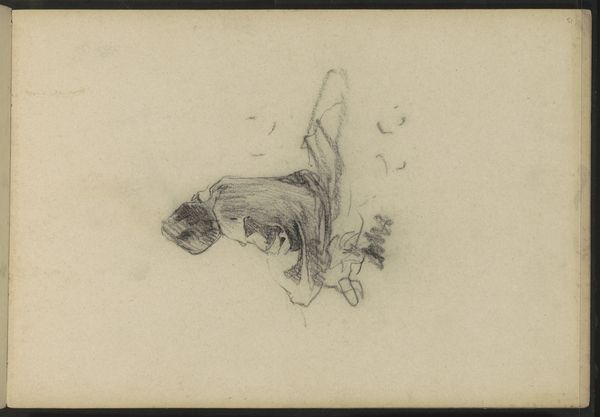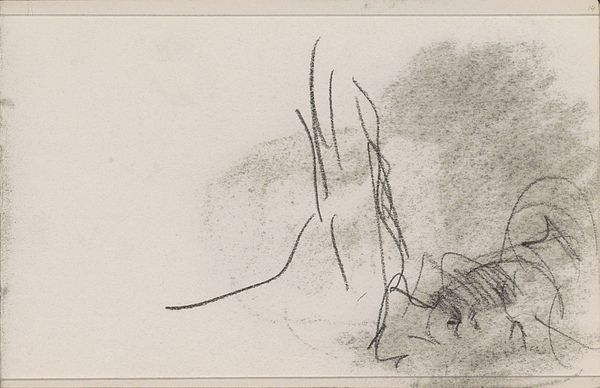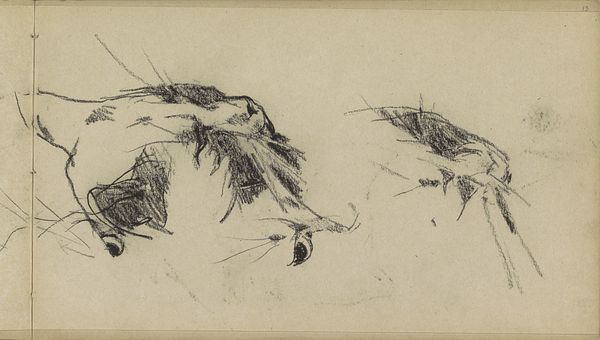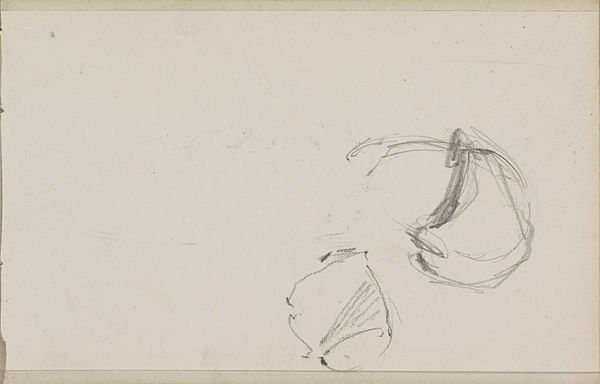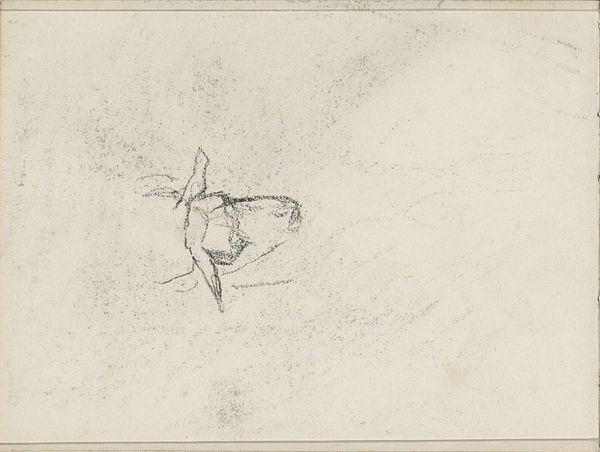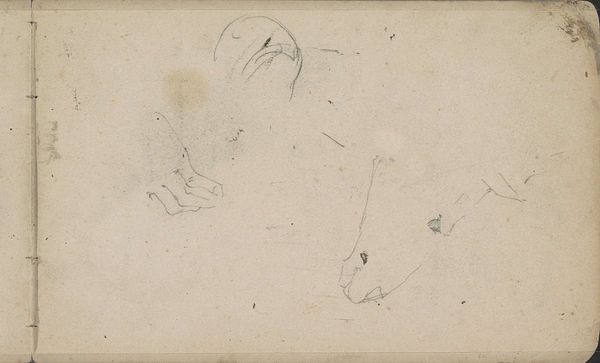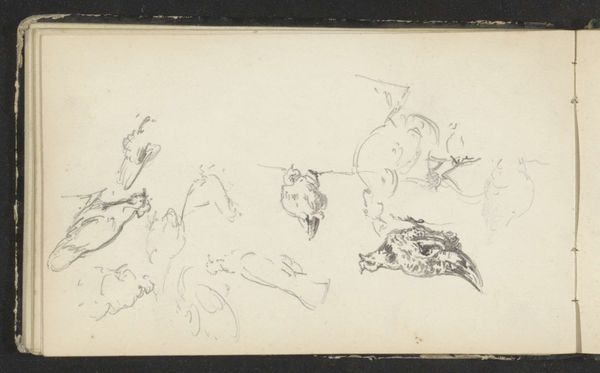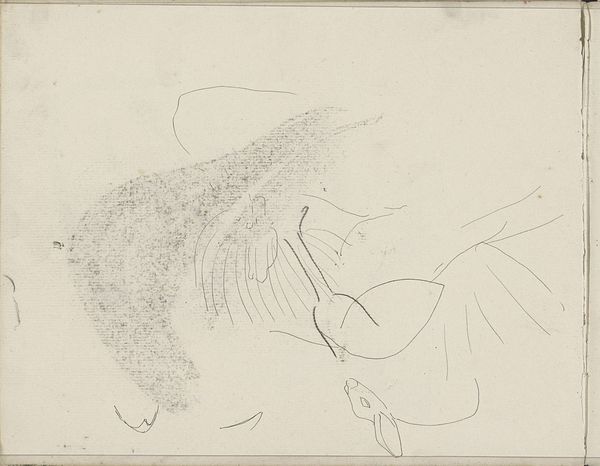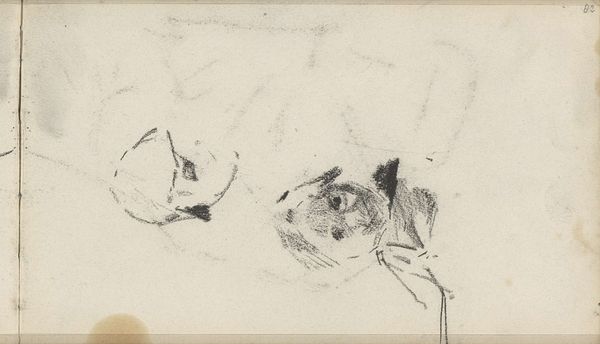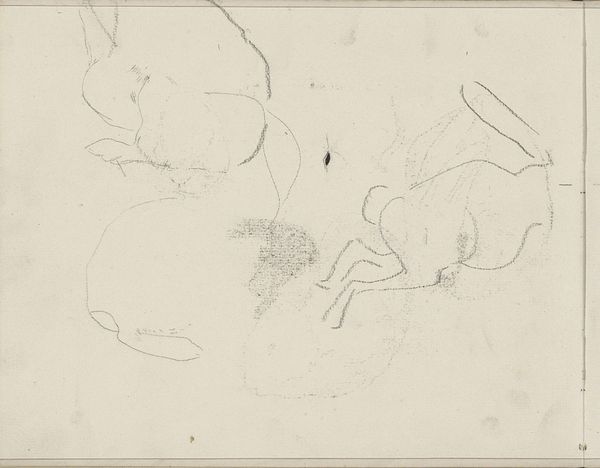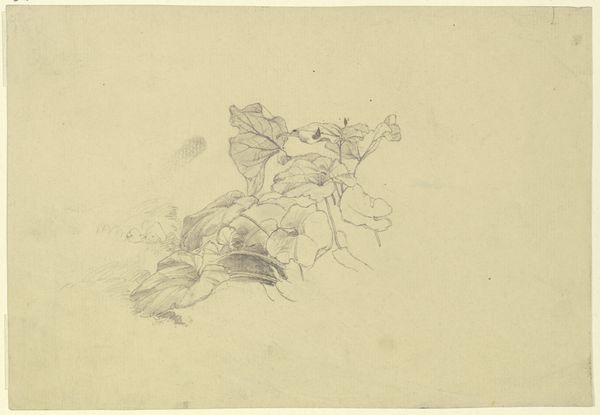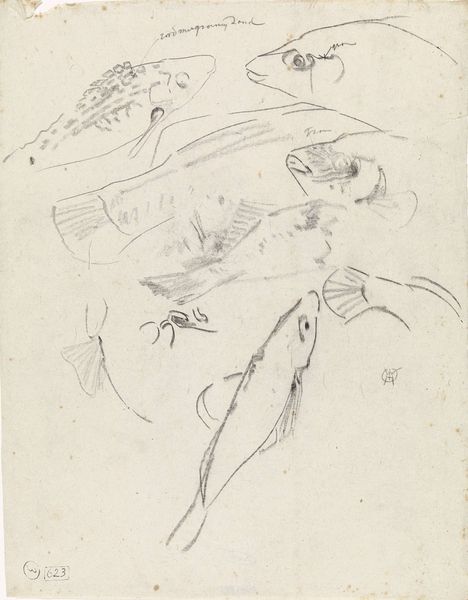
drawing, pencil
#
portrait
#
drawing
#
pencil sketch
#
child
#
pencil
#
realism
Copyright: Rijks Museum: Open Domain
Editor: This is "Kinderhoofden," or "Children's Heads," a pencil drawing by George Hendrik Breitner, made between 1881 and 1883. It feels very raw and unfinished, but there’s a tenderness to the quick lines capturing the children’s features. What stands out to you in this piece? Curator: What strikes me is the social context. Breitner was documenting the rapidly changing urban landscape of Amsterdam and the lives of its working class. Children, often overlooked in grand historical narratives, become central here. Editor: That's interesting, I hadn't considered that. Curator: Consider also the choice of medium – pencil. It lends itself to immediacy and accessibility. Is Breitner democratizing art by representing ordinary children with ordinary materials, implicitly critiquing the art world that predominantly focused on the wealthy elite at the time? Editor: It’s like he's giving a voice to the voiceless. I mean, these aren't idealized portraits of cherubic angels; they are real children, maybe even caught at their most vulnerable. Curator: Precisely. And doesn't the sketch-like quality further emphasize this sense of raw, unvarnished reality? We’re not seeing a constructed image, but a fleeting glimpse into their lives, challenging societal norms about childhood. Editor: I see what you mean. The sketch feels so transient, highlighting the precarity of childhood, particularly for those in the working class. Thank you, that opens up so many new ways to look at this piece. Curator: Absolutely, it invites us to engage with questions of representation, social class, and the power of art to make visible those often unseen.
Comments
No comments
Be the first to comment and join the conversation on the ultimate creative platform.
